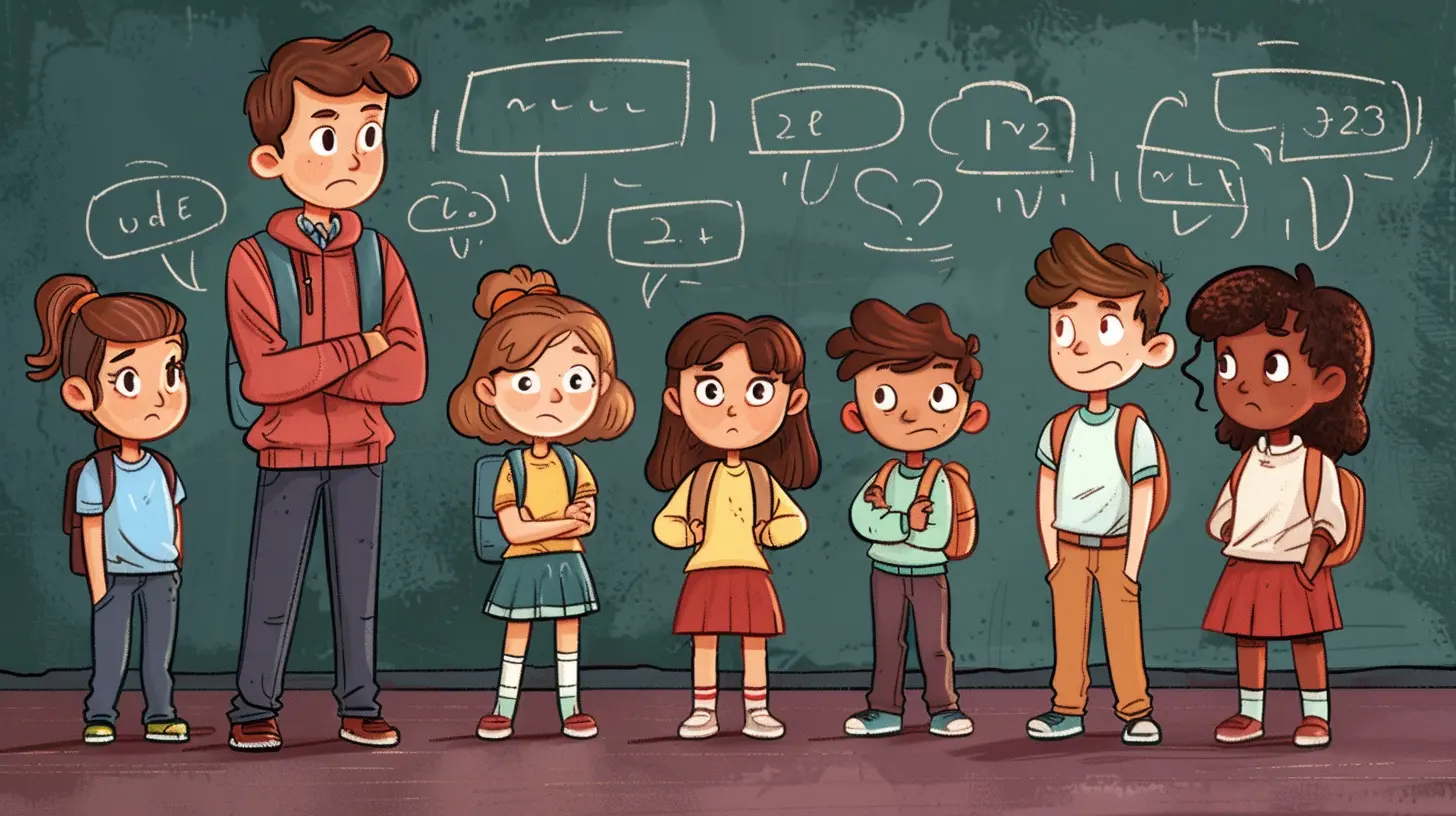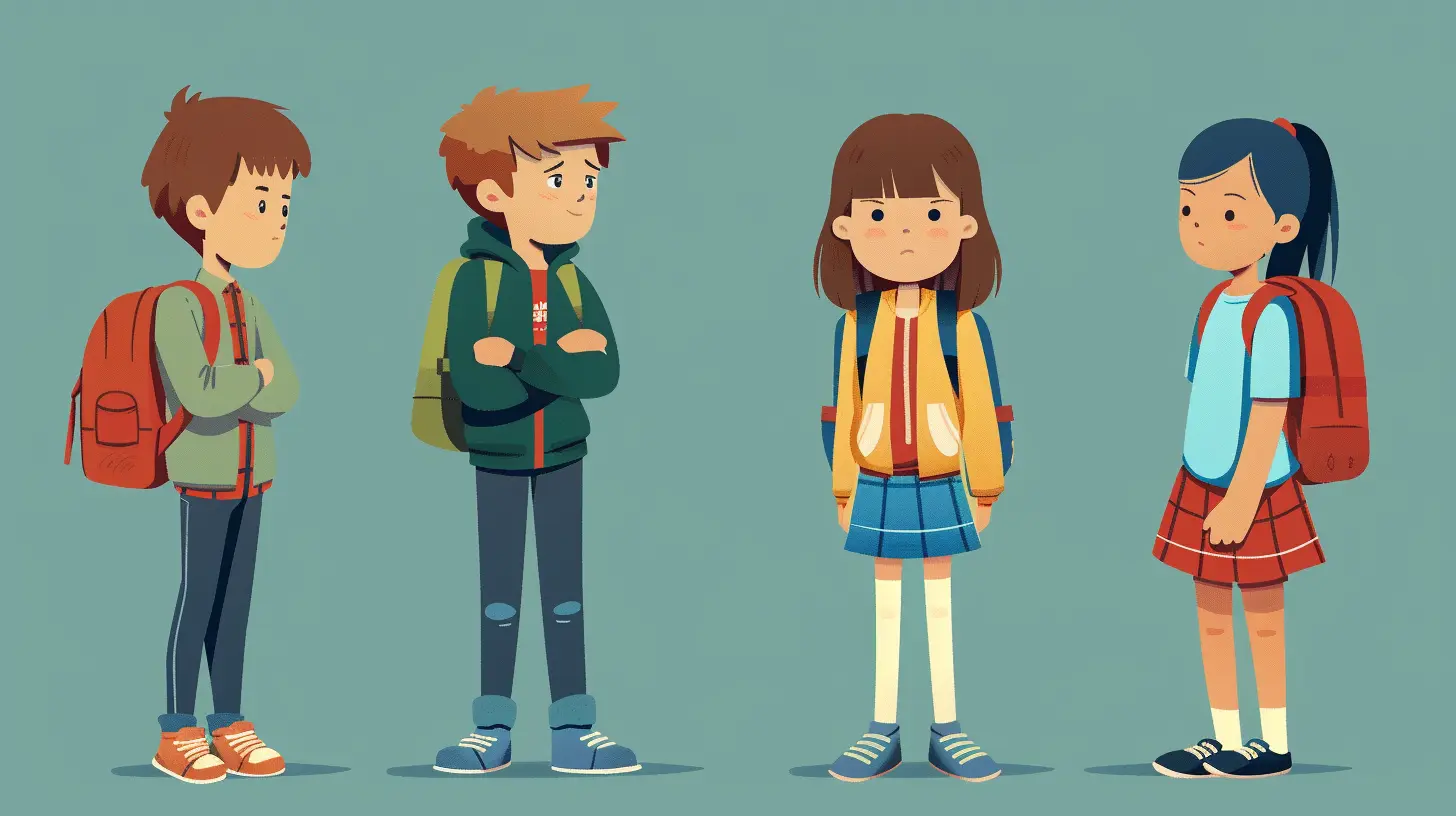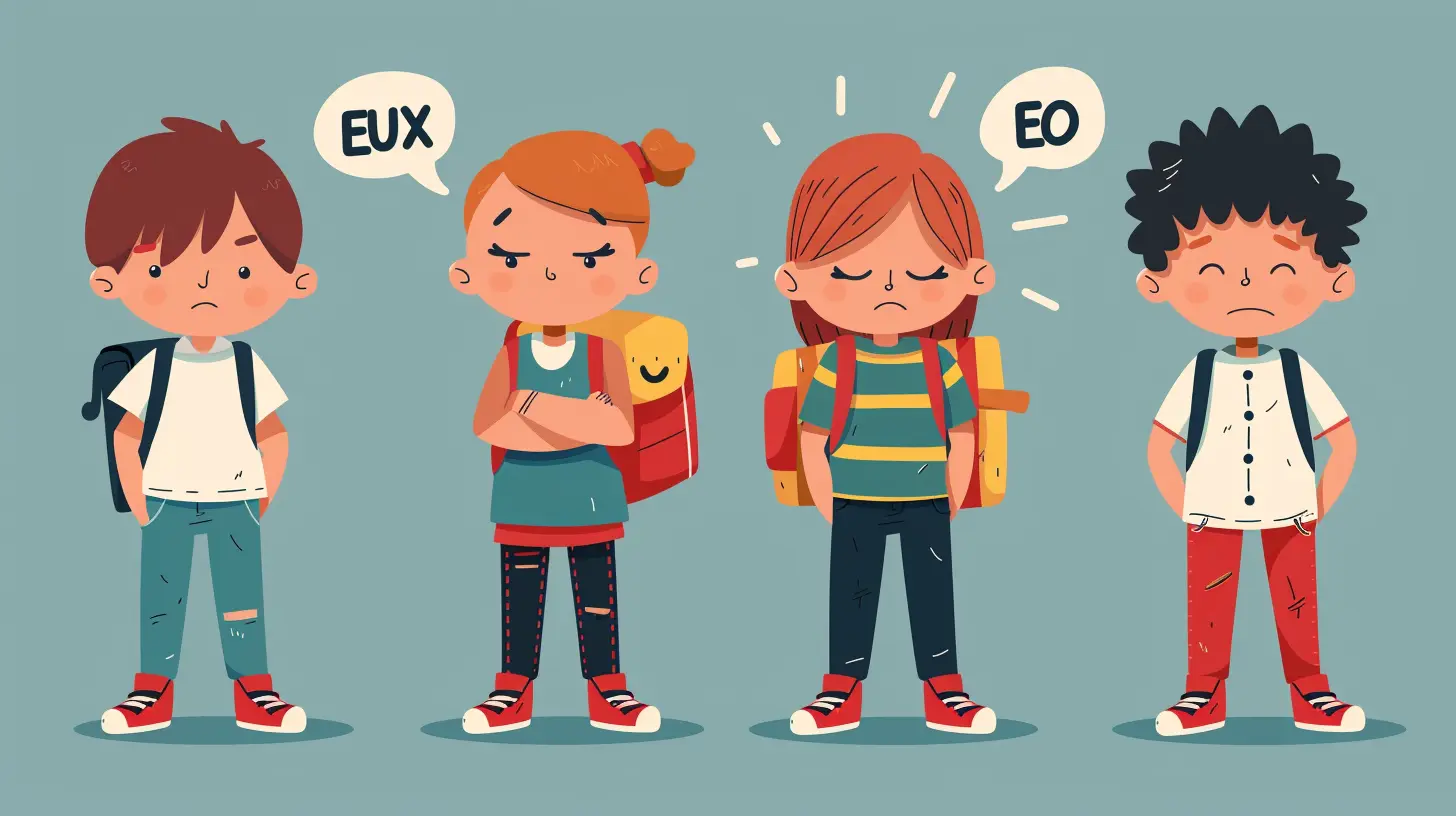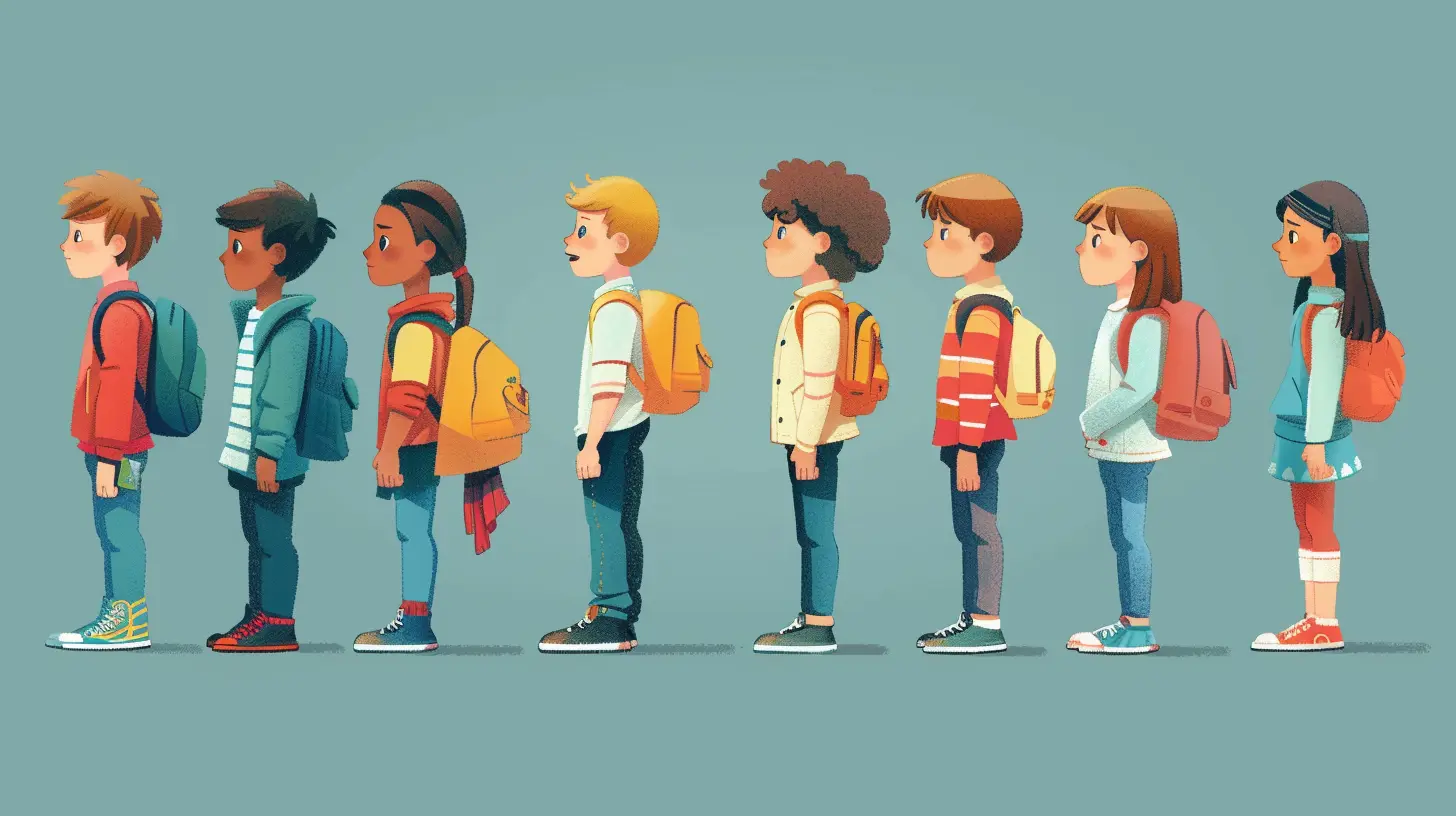How Social-Emotional Learning Can Prevent Bullying in Schools
12 November 2025
Let’s be honest—bullying has always existed in schools. Whether it’s name-calling, exclusion from friend groups, or even physical intimidation, these experiences can seriously impact a child’s confidence and mental health. So, how do we tackle it in a way that’s not just reactive, but truly proactive? That’s where Social-Emotional Learning (aka SEL) comes in like a superhero in a cape. 🦸♂️
You might be wondering, "Can Social-Emotional Learning really stop bullying?" Yep, it can. SEL goes beyond just teaching kids to be "nice." It helps them understand themselves and others better, manage emotions, make responsible choices, and build strong, respectful relationships. Now that’s some powerful stuff!
Let’s dive into how SEL can actually prevent bullying—and why it’s the secret ingredient that every school needs.
What Is Social-Emotional Learning (SEL)?
Before we go any further, let’s clear the air—what exactly is Social-Emotional Learning?In simple terms, SEL is all about teaching kids how to handle their emotions, communicate effectively, and make smart decisions. It focuses on five main areas:
1. Self-Awareness – Understanding your own feelings and values.
2. Self-Management – Regulating emotions and behaviors.
3. Social Awareness – Empathizing with others and understanding diverse perspectives.
4. Relationship Skills – Communicating clearly and maintaining positive relationships.
5. Responsible Decision-Making – Making ethical, constructive choices.
Think of it as a life toolkit for kids—a kind of emotional GPS that helps them navigate the ups and downs of growing up.
Schools: The Perfect Place to Start
Kids spend a huge chunk of their day at school, right? That makes schools the ideal environment for nurturing SEL skills. Imagine a classroom where students not only solve math problems but also learn how to handle frustration when they get something wrong, or how to support a classmate who's feeling left out.That’s the magic of integrating SEL into education.
Teachers become more than just educators; they become emotional coaches. Classrooms transform into spaces filled with kindness, respect, and understanding. And when those values are part of the fabric of daily learning, bullying has a much harder time getting through the door.
The Link Between SEL and Bullying Prevention
Now, let’s get to the heart of the matter. How does something like SEL actually stop bullying?1. Boosts Empathy and Understanding
One of the biggest culprits behind bullying is a lack of empathy. When children don’t understand or care about someone else’s feelings, it’s easier for them to tease, isolate, or even harm others.SEL directly teaches empathy. It helps students put themselves in someone else’s shoes—literally. When kids learn to imagine how others feel, they begin to treat their peers with kindness rather than cruelty.
2. Improves Communication Skills
Poor communication can lead to misunderstandings, conflicts, and yes, even bullying. With SEL, students learn how to express themselves clearly and respectfully. They also learn to listen—really listen—to what others are saying.Think of SEL as a translator of emotions. Instead of reacting with anger or meanness, kids learn to say, "Hey, that hurt my feelings," or "Let’s talk this out."
That’s a game-changer.
3. Builds Self-Confidence and Resilience
Some children bully others because they’re struggling with their own self-esteem. On the flip side, those who are bullied often don’t know how to stand up for themselves.Through SEL, both sides win. Kids gain confidence in who they are, learn to manage stress, and build resilience. They’re taught that they’re valuable—just as they are. And confident kids who believe in themselves are less likely to tear others down or let themselves be walked over.
4. Creates a Positive School Climate
You can feel it when you walk into a school where SEL is thriving. It’s warm, respectful, and safe. Students greet each other kindly, support their friends, and know that their emotions are valid.That kind of environment naturally discourages bullying. Why? Because students hold each other accountable. There’s less room for cruelty in a place where kindness is the norm.
Real-Life Examples: SEL in Action
Let’s bring this to life with a few real-world snapshots:- Morning Circles – Some classrooms start the day in a circle where students share how they’re feeling. It builds connection right off the bat and makes every kid feel seen and heard.
- Role-Playing Exercises – These help students practice how they’d respond to tough situations like exclusion or teasing. It’s like emotional rehearsing before the real show.
- Goal-Setting Activities – Kids learn to set personal goals, reflect on their progress, and celebrate achievements. This keeps them focused on growth rather than comparison.
These aren't just "feel-good" activities. They’re powerful tools shaping the next generation of emotionally intelligent humans.
But Wait—Doesn’t This Take Up Learning Time?
That’s a fair question, and it’s one most educators grapple with. But here’s the twist: integrating SEL doesn’t take away from academics—it actually enhances them.Studies show that students who receive quality SEL instruction perform better in school. They're more focused, more engaged, and less distracted by drama, anxiety, or peer pressure.
So rather than squeezing SEL in between math and science, many schools are weaving it into everything from literature discussions to group projects. It’s not an “extra”—it’s essential.
SEL for Teachers: It Starts with the Adults
You know the saying, “You can’t pour from an empty cup?” That’s incredibly true here.For SEL to truly work in schools, teachers and staff need to model those emotional skills themselves. That means managing stress, showing empathy, and creating safe, open environments. When students see adults practicing what they preach, it reinforces the lessons tenfold.
So yeah, teacher SEL matters—a lot.
Students Become Upstanders, Not Bystanders
One of the most beautiful outcomes of SEL is that kids don’t just avoid bullying—they actively stop it. 👏When students have the tools to speak up, they become what we call "upstanders." That’s someone who steps in or speaks out when they witness bullying instead of staying silent.
Imagine a classroom full of upstanders. Bullies don’t stand a chance.
Challenges of Implementing SEL (and How to Overcome Them)
We’d be sugarcoating things if we didn’t mention the bumps in the road. Implementing SEL across a school or district takes time, training, and commitment. Here are a few common barriers—and how to get past them:- Lack of Training: Teachers may feel underprepared. Solution? Invest in professional development focused on SEL.
- Time Constraints: There’s always pressure to “cover content.” Encourage integration of SEL into existing lessons, rather than treating it as a separate program.
- Inconsistency: SEL needs to be consistent across classrooms and grade levels. Schools should adopt a school-wide approach and involve families in the process.
Simple Ways Parents Can Support SEL at Home
Parents, don’t feel left out! You’re a huge part of the puzzle. There are easy ways to support SEL from your kitchen table:- Talk about emotions openly – Encourage your child to name and talk about their feelings.
- Practice problem-solving together – Instead of solving problems for them, guide them to find their own solutions.
- Model empathy – Your kids learn from watching you. Show kindness, apologize when needed, and listen actively.
When SEL is reinforced both at school and at home, its impact is doubled.
The Future Looks Bright (and Kind!)
Let’s face it—the world could use more kindness, empathy, and understanding. By teaching kids social-emotional skills early on, we’re setting the stage for better friendships, healthier schools, and a less judgmental society. 🌟Bullying might not disappear overnight. But with SEL leading the way, we're building an army of emotionally intelligent, compassionate young leaders who aren’t afraid to stand up for what's right.
And that? That’s something worth cheering for.
Final Thoughts
So, can Social-Emotional Learning really prevent bullying in schools? 100% yes. It teaches kids to be kinder, more aware, and confident in who they are. It empowers them to stand up for themselves and others. And it transforms schools into safe, supportive places where everyone belongs.SEL isn’t just a “nice-to-have”—it’s a “must-have” in the journey to create bullying-free schools.
Here’s to raising a generation that leads with heart.
all images in this post were generated using AI tools
Category:
Bullying PreventionAuthor:

Anita Harmon

